
Urgent action
needed to stop
climate change
Droughts, wildfires, typhoons, torrential rains and other natural disasters are becoming more frequent and intense around the world.
How is the world racing to mitigate global warming impacts, which are intensifying more quickly than expected?
\More details:/
- The growing climate crisis – Current status
- First, phase out coal power! 48 countries have committed to zero emissions by 2030.
- A focus on “climate justice”
The growing climate crisis
– Current status
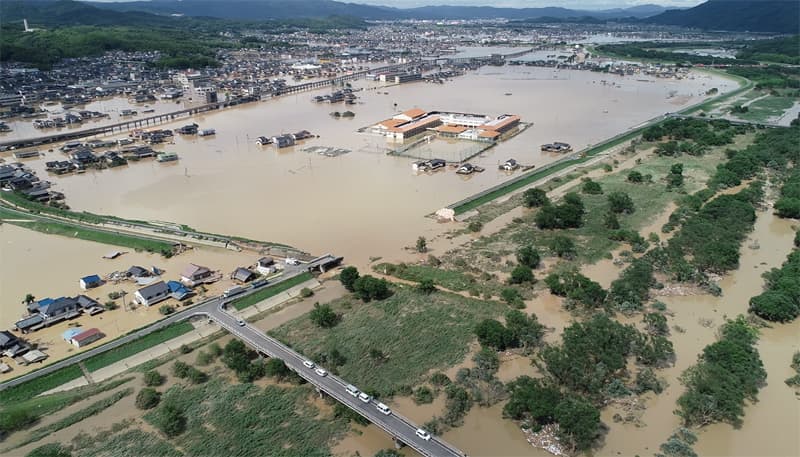
Photo: Chugoku Regional Development Bureau, Ministry of Land, Infrastructure, Transport and Tourism.
In recent years, Japan has experienced more intense typhoons and storms, and extremely hot days (above 35℃) due to climate change. Around the world, people are experiencing more intense weather disasters such as droughts and heat waves, wildfires, massive typhoons and storms, and torrential rain events. Media are more frequently reporting climate-related health impacts and food shortages from crop failures. Climate change is driving these extreme weather events worldwide, and this is linked to global warming, which is driven by increased greenhouse gas (GHG) concentrations in the atmosphere as a result of human activities.
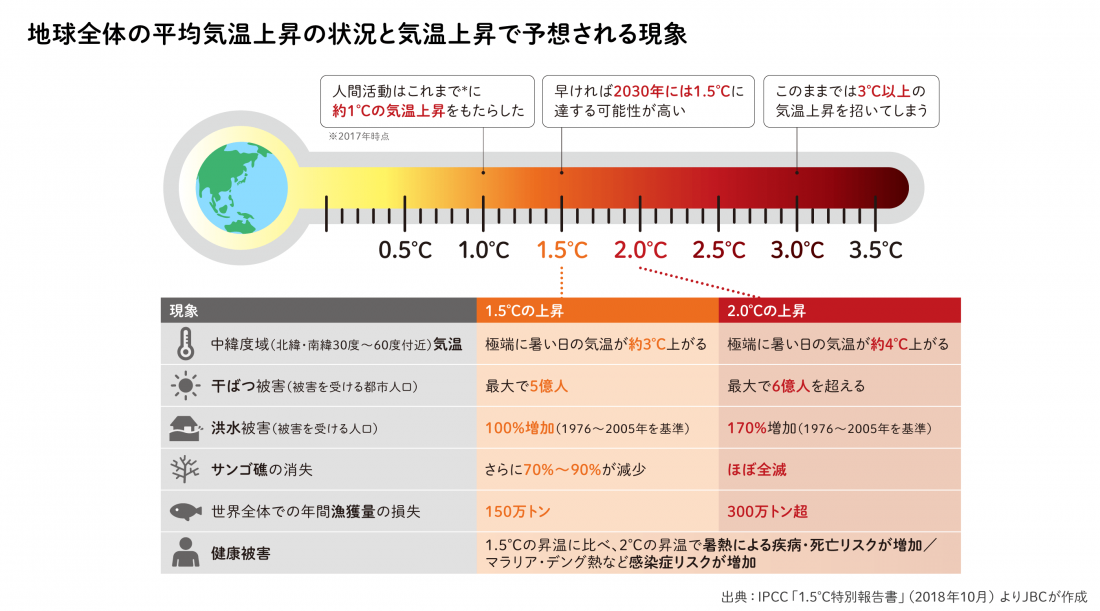
To keep global temperatures within the capacity of humans and other living things to adapt, the global temperature rise must be kept within 1.5℃ of pre-industrial levels. At international conferences since the Paris Agreement was adopted in 2015, the global community pledged to do so.
But the temperature rise has become more dramatic over the past few years, already reaching 1.1℃ above preindustrial levels in 2022. Global temperatures in July 2023 were the hottest on record, with experts saying they were the hottest in 120,000 years.
UN Secretary-General António Guterres warned that “the era of global boiling has arrived.“
Global tempetrature 1.5℃ can be exceeded in 2027 – WMO report
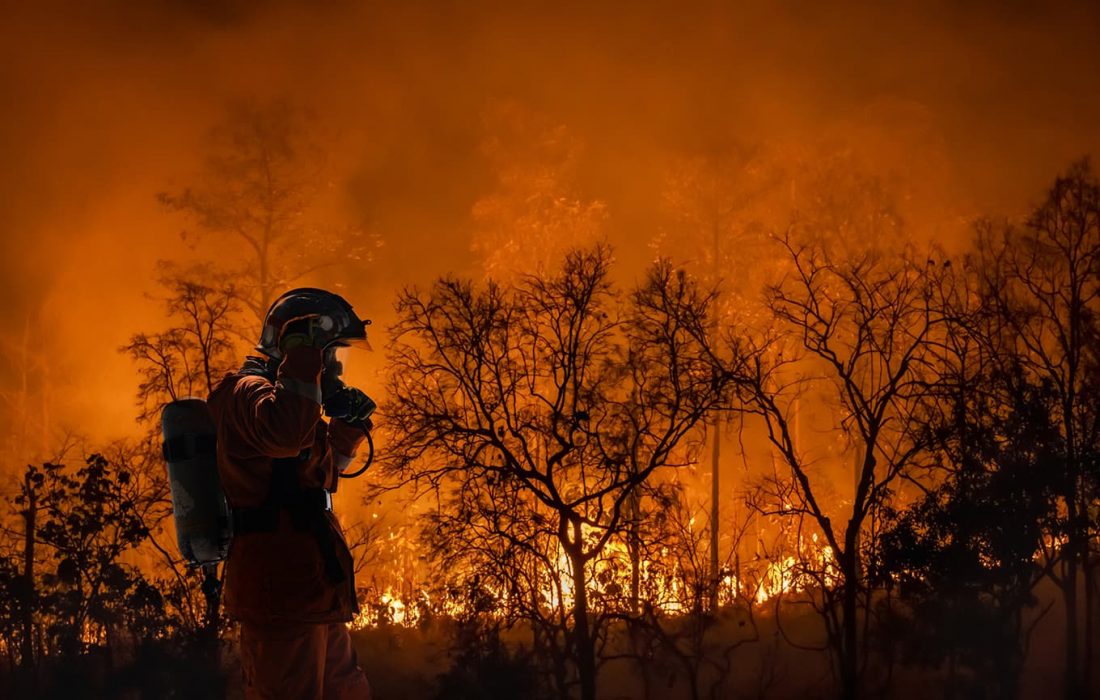
“There is a 66% likelihood that the annual average near-surface global temperature between 2023 and 2027 will be more than 1.5℃ above pre-industrial levels for at least one year.“
This was the warning from the World Meteorological Organization (WMO) in May 2023. The WMO Secretary-General Prof. Petteri Taalas expressed concern that temperatures would become the highest in recorded history during the next five years: “WMO is sounding the alarm that we will breach the 1.5℃ level on a temporary basis with increasing frequency.”
Faster ice sheet loss in the Arctic
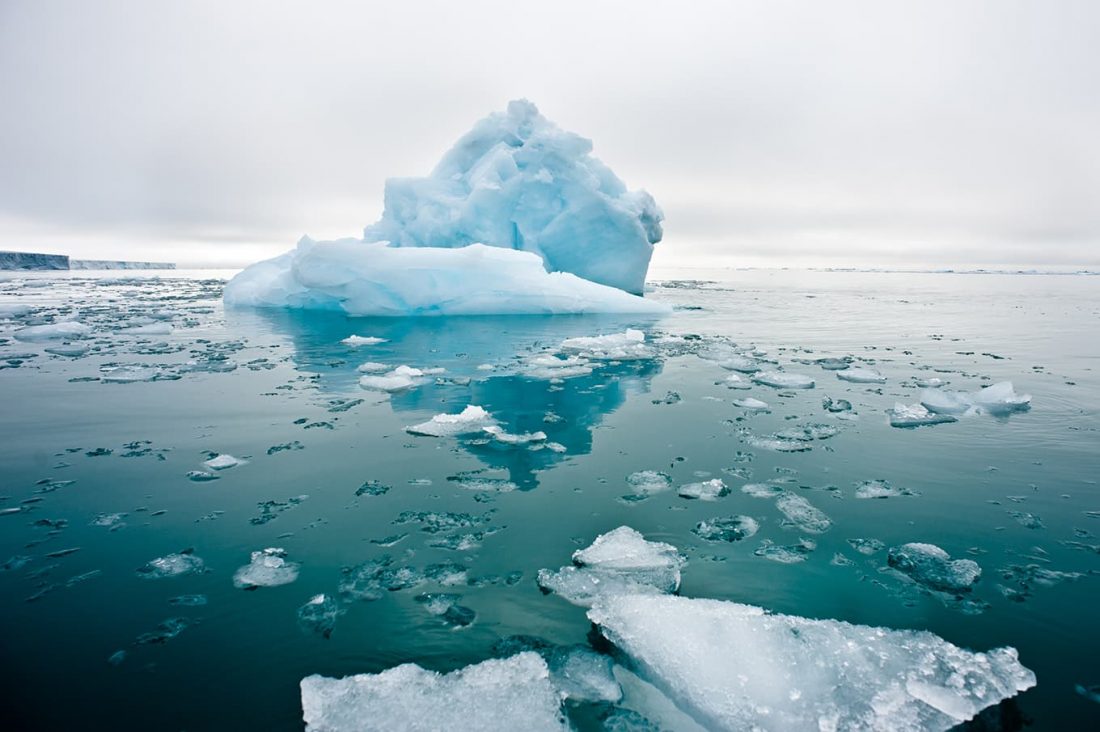
Ice sheets in Greenland and Antarctica are melting rapidly. The Ice sheet Mass Balance Inter-comparison Exercise (IMBIE) research team studying polar ice sheets reported a loss of more than 8.3 trillion tons of ice in Arctic and Antarctic regions over the past 30 years. The seven worst years for polar ice sheet melting occurred during the past decade.
Another study pointed out that if this trend continues, the Arctic polar ice cap could disappear in summer as early as the 2030s. It had previously been projected to occur by 2050.
The disappearance of the ice sheet from the Arctic Ocean will accelerate global warming and have major impacts on ecosystems even outside the Arctic. There are also concerns that melting of permafrost in Siberia will release large amounts of methane, which has 28 times the global warming potential of carbon dioxide.
By 2050, over 40% of the global coastal population could be affected by the melting of polar ice and rising sea levels driven by global warming.

Many parts of the Tokyo metropolitan area face flood risk from sealevel rise
Source: Hazard Map Portal “Overlapping Hazard Maps” (Geospatial Information Authority of Japan)
The Sixth Assessment Report (AR6) of the Intergovernmental Panel on Climate Change (IPCC) sounded the alarm that the window of opportunity to secure a liveable and sustainable future for all is rapidly closing. But it is not too late to take action.
First, phase out coal power!
48 countries have commited to zero emissions by 2030.
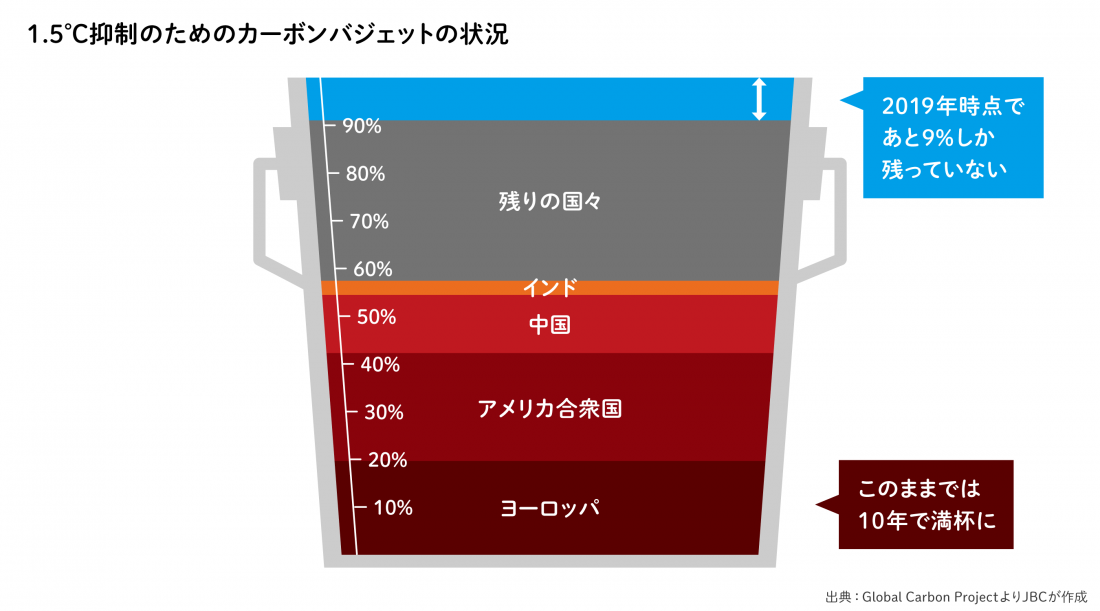
The primary driver of the climate crisis is the huge emissions of carbon dioxide, a greenhouse gas, from the combustion of fossil fuels such as coal, oil, and natural gas, and increased concentrations of CO2 in the atmosphere. Forty billion tons (CO2 equivalent) of GHGs are emitted worldwide annually, and it has been reported that our “carbon budget” to limit global warming to a 1.5℃ temperature rise will be spent within about the next six years. To avert the climate crisis, we must end the use of fossil fuels as soon as possible.
Coal-fired power plants emit twice the CO2 of electricity generation by natural gas, and they also emit harmful air pollutants. This is why we must stop using coal power plants as soon as possible.

In Europe, 23 countries (including the UK, France, Italy and Germany in the G7) have already comitted to a coal phase-out by around 2030. The International Energy Agency (IEA) released a report (Net Zero by 2050: A Roadmap for the Global Energy Sector) stating that to achieve net zero by 2050, investment in new coal power plants must stop, developed countries must phase out coal power by 2030, and all GHG emissions from the power sector must be reduced to zero by 2035. It also recommends that all oil- and coal-fired power plantsbe phased out worldwide by 2040.
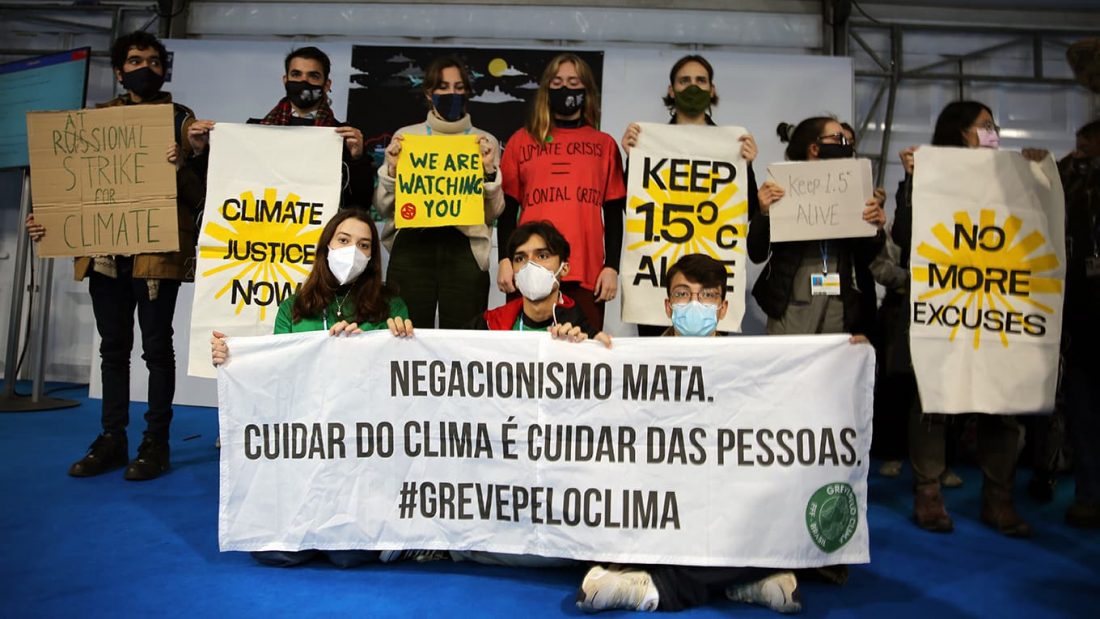
Photo: IISD/ENB Mike Muzurakis
One by one, banks and institutional investors are pulling out of coal-related industries. Companies are also rapidly shifting to 100% renewable energy, which is now less expensive than coal and nuclear power. The economic rationale to stop using coal is being increasingly accepted globally.
A focus on “Climate Justice”
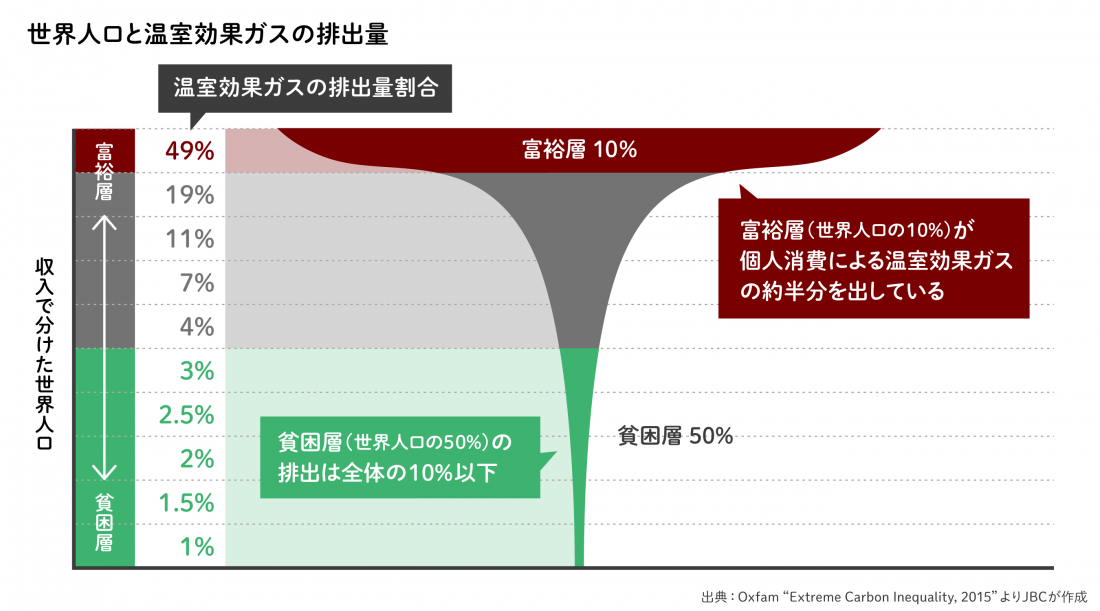
Poorest 50% responsible for only around 10% of total lifestyle consumption emissions
(“Extreme Carbon Inequality,” Oxfam, 2015)
In 2022, about one-third of Pakistan’s land area was affected by historic flooding and many people lost their homes and property. The same year, East Africa experienced a massive humanitarian crisis due to water and food shortages caused by the worst drought in 40 years. Most often, the victims of climate change are poor and vulnerable people in developing countries in regions such as Asia and Africa, countries with very low GHG emissions. Meanwhile, developed countries that have grown their economies through massive GHG emissions are the main drivers of climate change.
“Climate Justice” is the idea of reducing climate-related inequality and injustice. Rich countries with strong economies have two responsibilities. First, they must reduce their own GHG emissions as quickly as possible. Second, they must support developing countries in their efforts to deal with climate change. Another key requirement is compensation for “loss and damage” caused by climate change in developing countries. Loss and damage was one of the key themes discussed at the COP27 climate conference in 2022.
Addressing intergenerational
inequity, injustice, and disparity
“Climate Justice” is also about confronting intergenerational inequality and injustice. Children, youth, and future generations yet to be born will face more serious risk (damage) from climate change than the current generations, which have caused massive GHG emissions as they lived affluent lifestyles. Also regardless of generation, people who are economically disadvantaged are at greater risk of losing their lives in hot summers or cold winters without affordable access to cooling or heating. We need to take seriously the voices of the youth, including the Fridays For Future movement, who are speaking out about the seriousness of climate change, and to face the reality of low-income populations. We need systems such as the “Well-being of Future Generation Act” enacted by the Welsh Government to protect the wellbeing of future generations, public assistance for low-income households, and employment measures to promote a “just transition” from fossil fuels and petrochemicals to alternative industries.

